
Nephron
The nephron is the functional unit of the kidney. In order of urine flow, structures included in a nephron are Bowman’s capsule (surrounding the glomerulus), proximal tubule (convoluted and straight portions), thin limb, and distal tubule (straight and convoluted portions). The term uriniferous tubule includes both nephron and collecting ducts into which the nephron drains. 20x
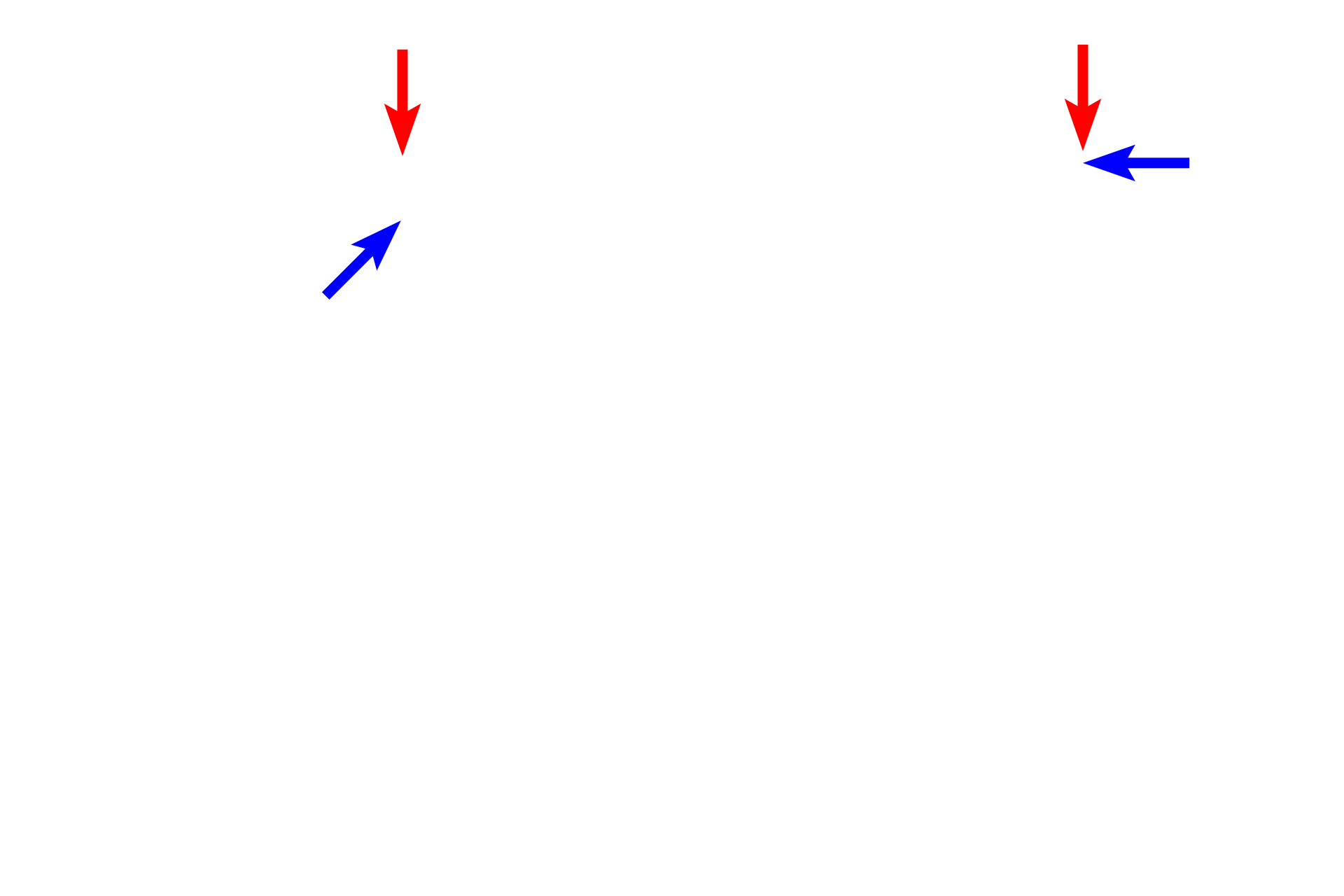
Renal corpuscle >
The renal corpuscle is composed of a tuft of capillaries called the glomerulus (blue arrows) which is surrounded by the double-walled Bowman’s capsule (red arrows). The space of Bowman’s capsule receives the filtrate of blood.

Proximal convoluted tubule >
The proximal convoluted tubule continues from Bowman’s capsule and is located in the convoluted portion of the renal cortex. The proximal convoluted tubule constitutes the longest segment of the nephron in the cortex and, therefore, numerous sectional profiles are visible.

Proximal straight tubule >
The proximal tubule enters the medullary ray, where it is called the proximal straight tubule. This segment can also be called the thick descending limb of the loop of Henle. It descends through the medullary ray of the cortex to enter the medulla.
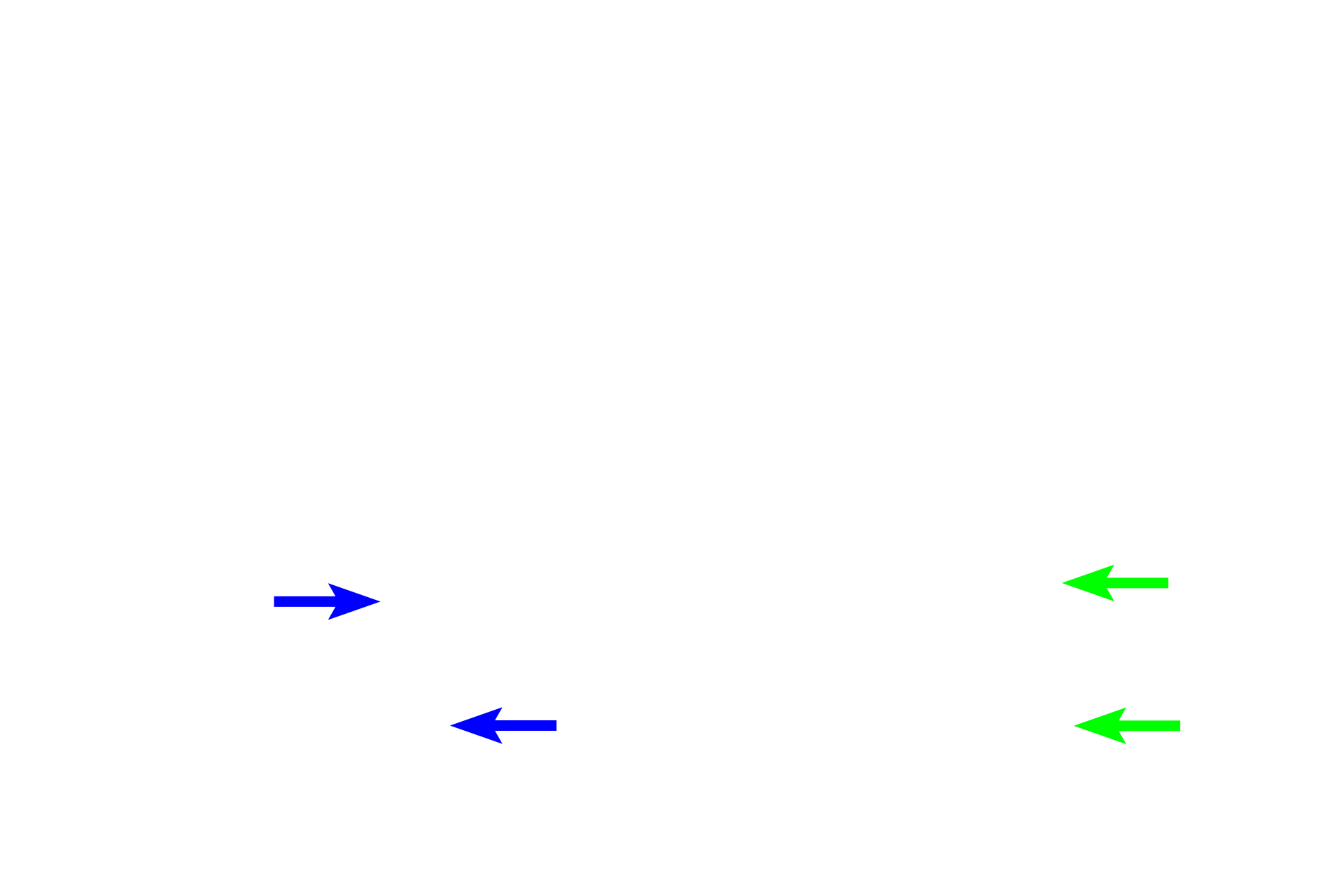
Thin limb >
The thin limb of Henle’s loop, continuing from the proximal straight tubule, is usually located in the medulla, forming the bend in the loop of Henle.

Ascending thick limb >
The ascending thick limb (sometimes called the distal straight tubule) continues from the thin limb and ascends through the medulla to enter a medullary ray of the cortex. At the level of its parent renal corpuscle, the thick limb leaves the ray and moves into the convoluted region and contacts the afferent arteriole at the vascular pole of the renal corpuscle (black arrow). Here, its cells are modified to form the macula densa of the juxtaglomerular apparatus.

Loop of Henle >
The loop of Henle (boxes) consists of a thick descending limb (proximal straight tubule), a thick ascending limb (distal straight tubule) and a thin, looped segment (thin limb) that interconnects the two.

Distal convoluted tubule >
The continuation of the ascending thick limb beyond the juxtaglomerular apparatus is distal convoluted tubule. It is much shorter than the proximal convoluted tubule and eventually joins with the collecting passageways.

Collecting passageways >
Urine passes out of the nephron into a series of collecting tubules, consisting of connecting tubules, collecting ducts and papillary ducts.
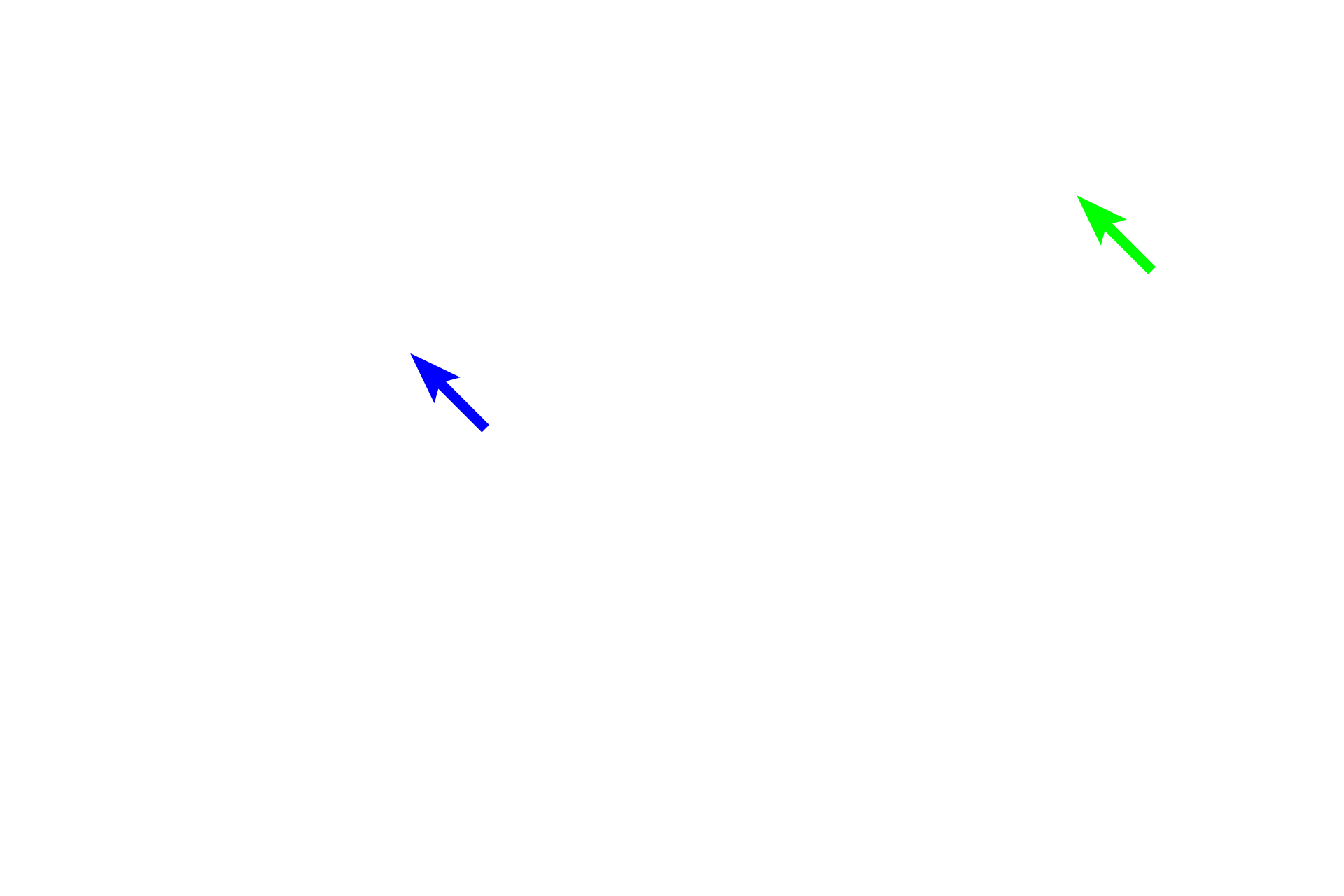
- Connecting tubule >
In the convoluted region of the cortex, a distal convoluted tubule continues as a connecting tubule that arches into a medullary ray and joins a collecting duct to descend into the medulla. Cells forming collecting ducts increase from cuboidal to columnar along their path from cortex to medulla. The largest ducts, papillary ducts of Bellini, open into the minor calyx.

- Collecting duct
In the convoluted region of the cortex, a distal convoluted tubule continues as a connecting tubule that arches into a medullary ray and joins a collecting duct to descend into the medulla. Cells forming collecting ducts increase from cuboidal to columnar along their path from cortex to medulla. The largest ducts, papillary ducts of Bellini, open into the minor calyx.

- Papillary duct
In the convoluted region of the cortex, a distal convoluted tubule continues as a connecting tubule that arches into a medullary ray and joins a collecting duct to descend into the medulla. Cells forming collecting ducts increase from cuboidal to columnar along their path from cortex to medulla. The largest ducts, papillary ducts of Bellini, open into the minor calyx.
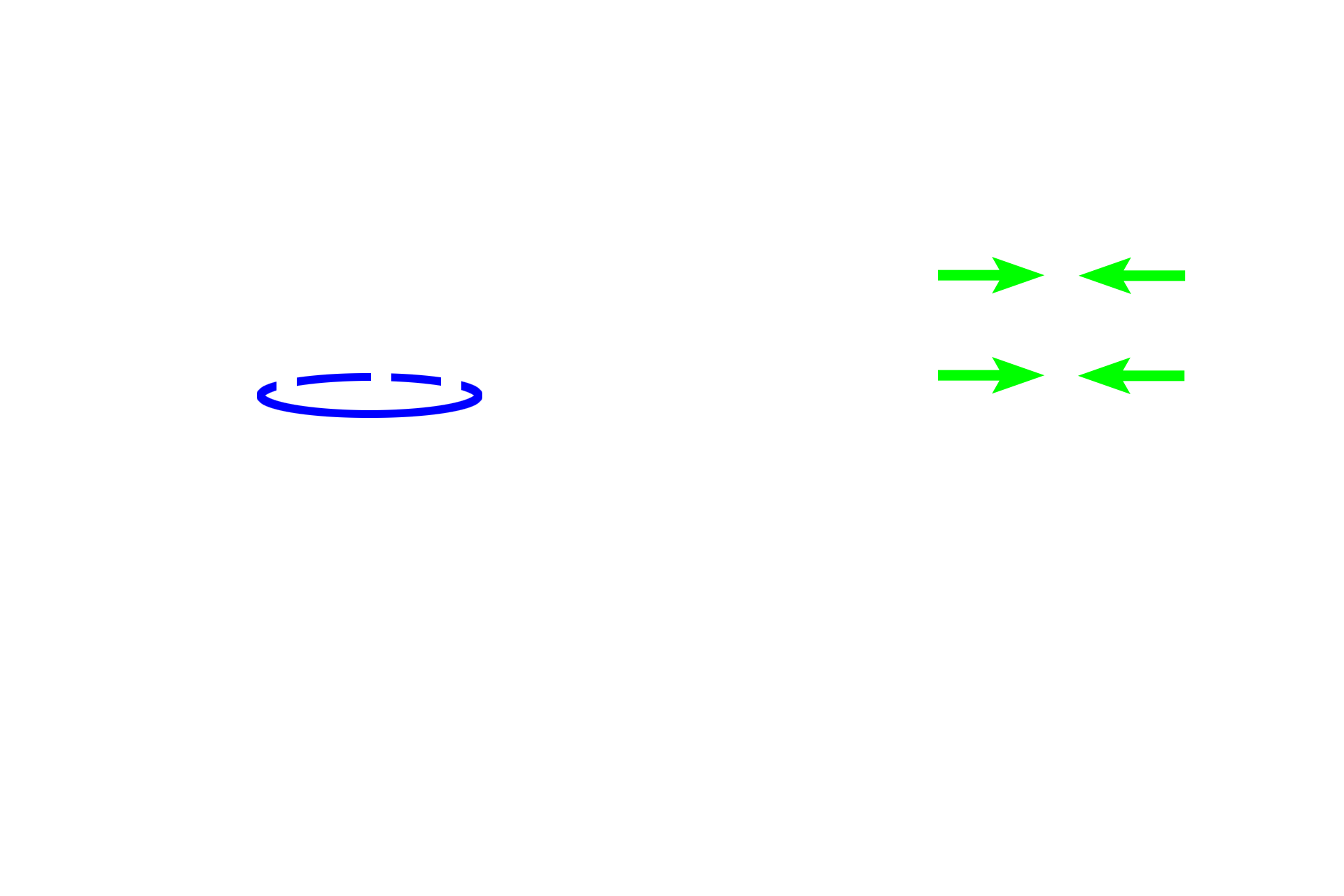
Medullary ray >
The medullary ray contains the straight portions of the proximal and distal tubules and the collecting ducts.
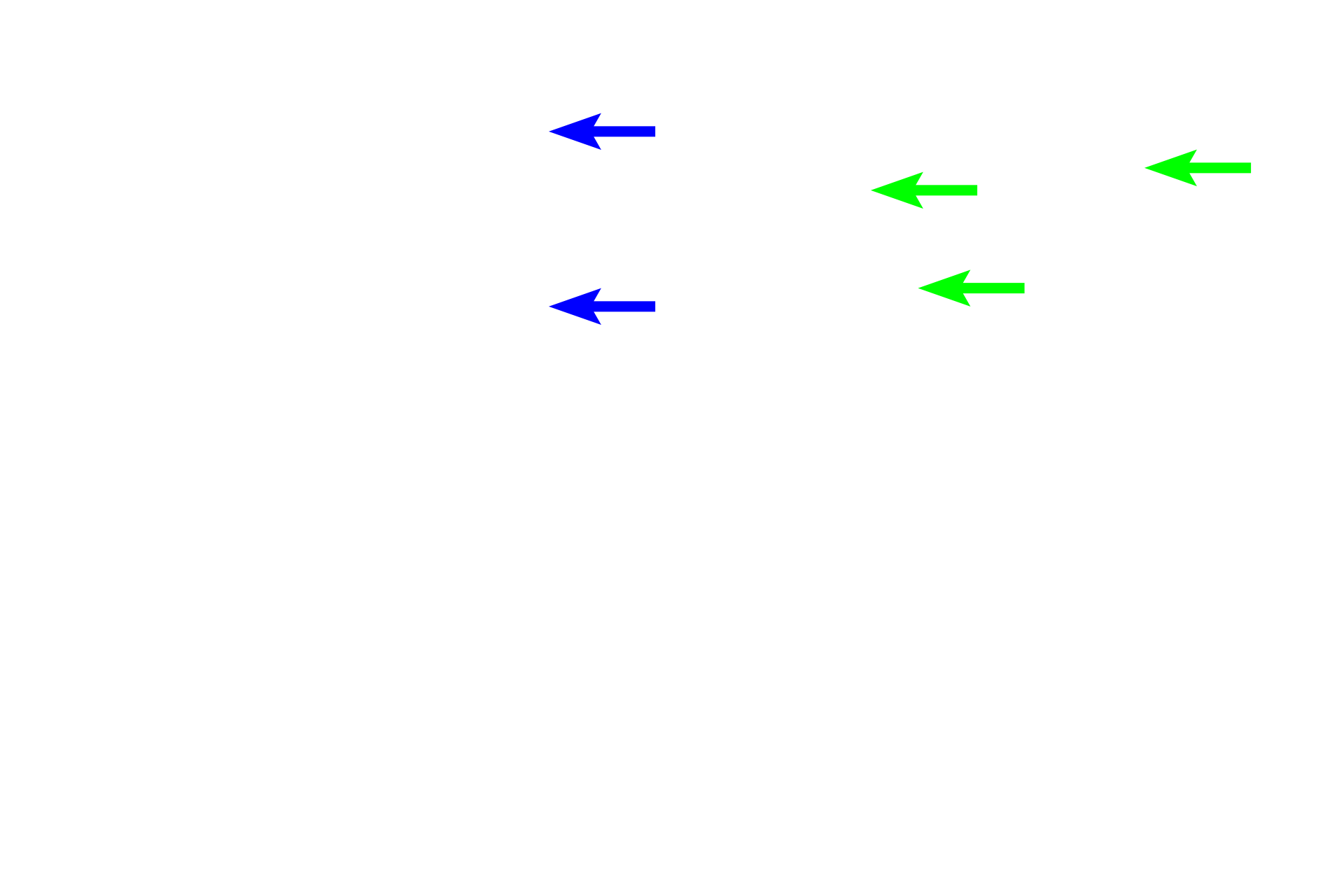
Interlobular artery >
Interlobular arteries branch from arcuate arteries and travel through the center of the convoluted portions of the cortex, where they give off afferent arterioles supplying the glomerular capillaries. Interlobular arteries indicate the perimeter of the renal lobule.

Afferent arteriole
Interlobular arteries branch from arcuate arteries and travel through the center of the convoluted portions of the cortex, where they give off afferent arterioles supplying the glomerular capillaries. Interlobular arteries indicate the perimeter of the renal lobule.